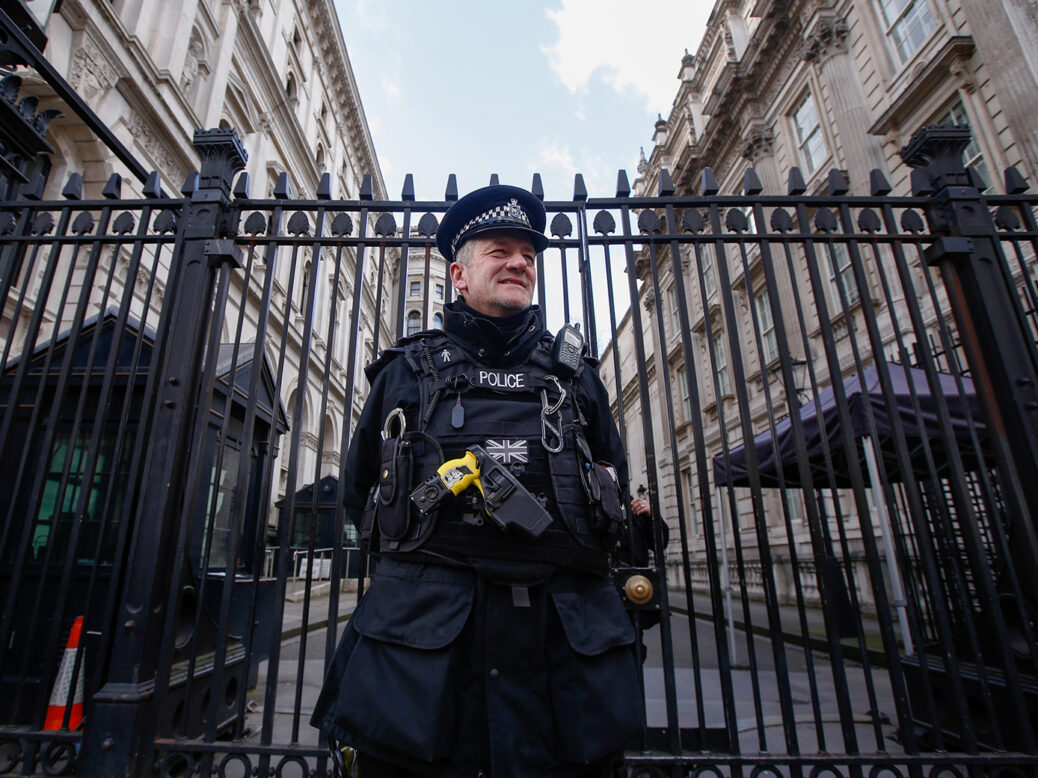
On 17 May Priti Patel, the Home Secretary, announced that part-time, volunteer special constables will be allowed to use electroshock weapons, ie stun guns, one of several measures included in “Operation Sceptre”, a government campaign promoting crime-fighting. This is cause for concern for several reasons.
For one thing, there was already a 37 per cent increase in the use of stun guns in England and Wales in 2019-20 compared with the previous year. The company Taser says that its devices have saved 257,195 people “from death or serious bodily injury” in situations in which firearms could otherwise have been used. However, Amnesty International says that in practice — in the US at least — stun guns are rarely used an alternative to firearms. Since 2000 more than a thousand people in the US have died shortly after being stunned with a Taser, according to Reuters research. Arming more officers with stun guns requires serious consideration.
But apart from that: it is not only how often Tasers are used but also against whom they are used. In the UK stun guns are used disproportionately against black people and those from other minority communities. In 2020 the Home Office admitted that in England and Wales stun guns were used against “someone perceived as being from a black ethnic group” at a rate seven times higher than “someone perceived as being from a white ethnic group”.
This phenomenon is so worrying because it occurs in the context of the Royal College of Emergency Medicine endorsing a few years ago the controversial diagnosis of “excited delirium” and a related description: “acute behavioural disturbance” (ABD). Excited delirium has been listed as a factor in at least 276 deaths in the US that followed stun gun use over two decades, Reuters found. The diagnosis is usually applied to black men and those with mental health issues, so there is a risk that it distracts from, or even conceals, the true cause of death during police encounters where stun guns are used.
Police in the UK no longer use the term excited delirium, but continue to use ABD, which they emphasise is not a diagnosis. ABD refers to a spectrum of behaviours, including the sudden onset of aggressive conduct, profuse sweating, excessive strength and fast breathing. The use of the term is sanctioned by a small but influential number of medics. The ABD guidance for the Royal College of Emergency Medicine was co-written by the medical director for the Metropolitan Police. Last year the Royal College of Psychiatrists (RCP) stated that it did “not support the use of such terminology, which has no empirical evidential basis”. The Police Federation of England and Wales responded that the RCP’s statement was “factually incorrect” and “politicised”, and said that “members could now face inquests without the protection of long-established guidelines which permit police officers to legally treat incidents involving ABD as medical emergencies”. The RCP statement has since been withdrawn from its website.
Excited delirium was cited by the defence in the trial of the police officer Derek Chauvin for the murder in 2020 of George Floyd. The defence suggested that Floyd’s death occurred independent of restraint and a knee to his neck. Instead, they argued, Floyd met the criteria for excited delirium, which include unusual strength, elevated temperature and sweating. In the end Chauvin was convicted of murder.
The danger of these medical labels, regardless of the intentions that drive them, is that they are leveraged not only to imply that the victim has accelerated their own death but to potentially exonerate those around them.
[See also: US gun violence is not just a domestic political issue]






